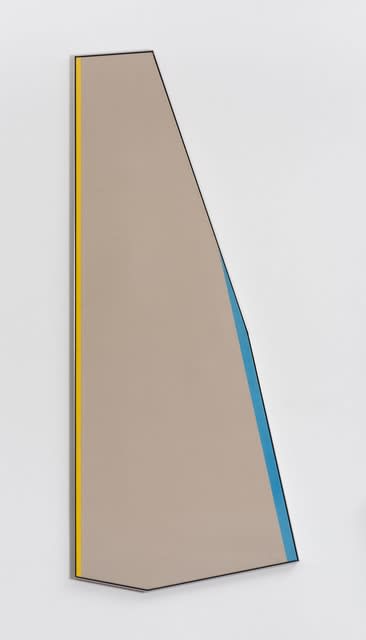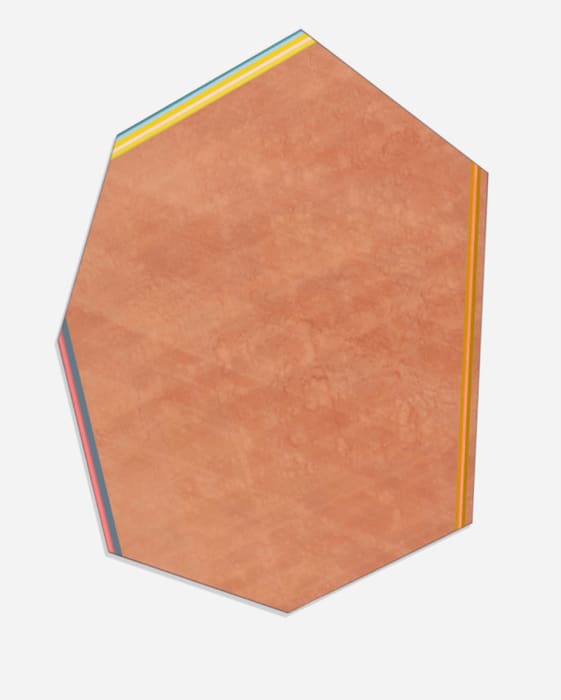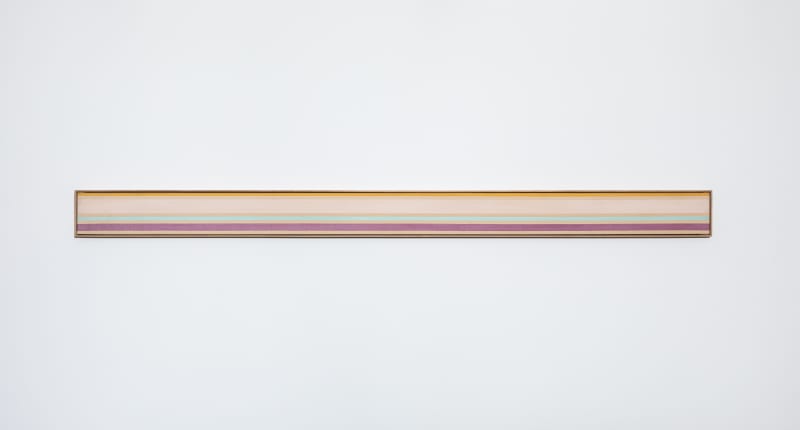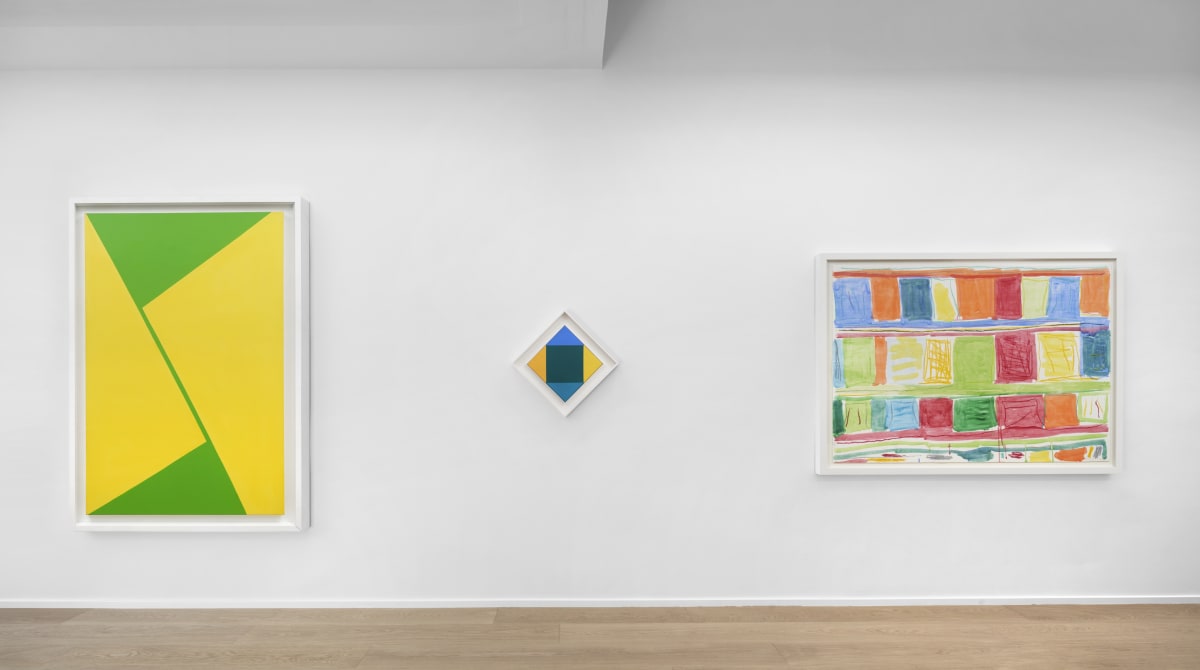Kenneth Noland
Kenneth Noland (1924-2010) was an influential American artist and key figure in the Color Field Painting movement. Born on April 10, 1924, in Asheville, North Carolina, Noland’s artistic journey began at an early age. He attended Black Mountain College in North Carolina, a progressive institution known for fostering creative experimentation and collaboration among artists.
During his time at Black Mountain College in the 1940s, Noland studied under notable artists and thinkers, including Josef Albers and Ilya Bolotowsky. These encounters deeply influenced his artistic development, particularly in terms of color theory and abstract principles. Noland’s exposure to Albers’ teachings on the effects of color and perception played a crucial role in shaping his later artistic practice. In the 1950s, Noland relocated to Washington, D.C., where he became associated with the Washington Color School. Alongside fellow artists like Morris Louis and Helen Frankenthaler, Noland explored new ways of approaching color and form in abstract painting. His early works, characterized by large, flat areas of vibrant, unmodulated color, marked the beginnings of his distinctive style. Noland is best known for his iconic “target” paintings, which he began creating in the early 1960s. These works featured concentric rings or bands of color radiating outward from a central point, resembling the familiar form of a target. The target series became one of Noland’s most recognizable and celebrated contributions to the art world, showcasing his mastery of color relationships and compositional balance.
Throughout his career, Noland continued to experiment with color, form, and space, often employing geometric shapes and exploring the boundaries between two- and three-dimensionality. He embraced simplicity in his work, focusing on essential elements such as color relationships and the physical properties of paint on canvas. His works have been exhibited in major galleries and museums around the world, including the Museum of Modern Art, the Tate Gallery, and the National Gallery of Art in Washington, D.C.
Kenneth Noland’s groundbreaking approach to color and form, as well as his commitment to abstraction, solidified his place as a pioneer of modern art.












